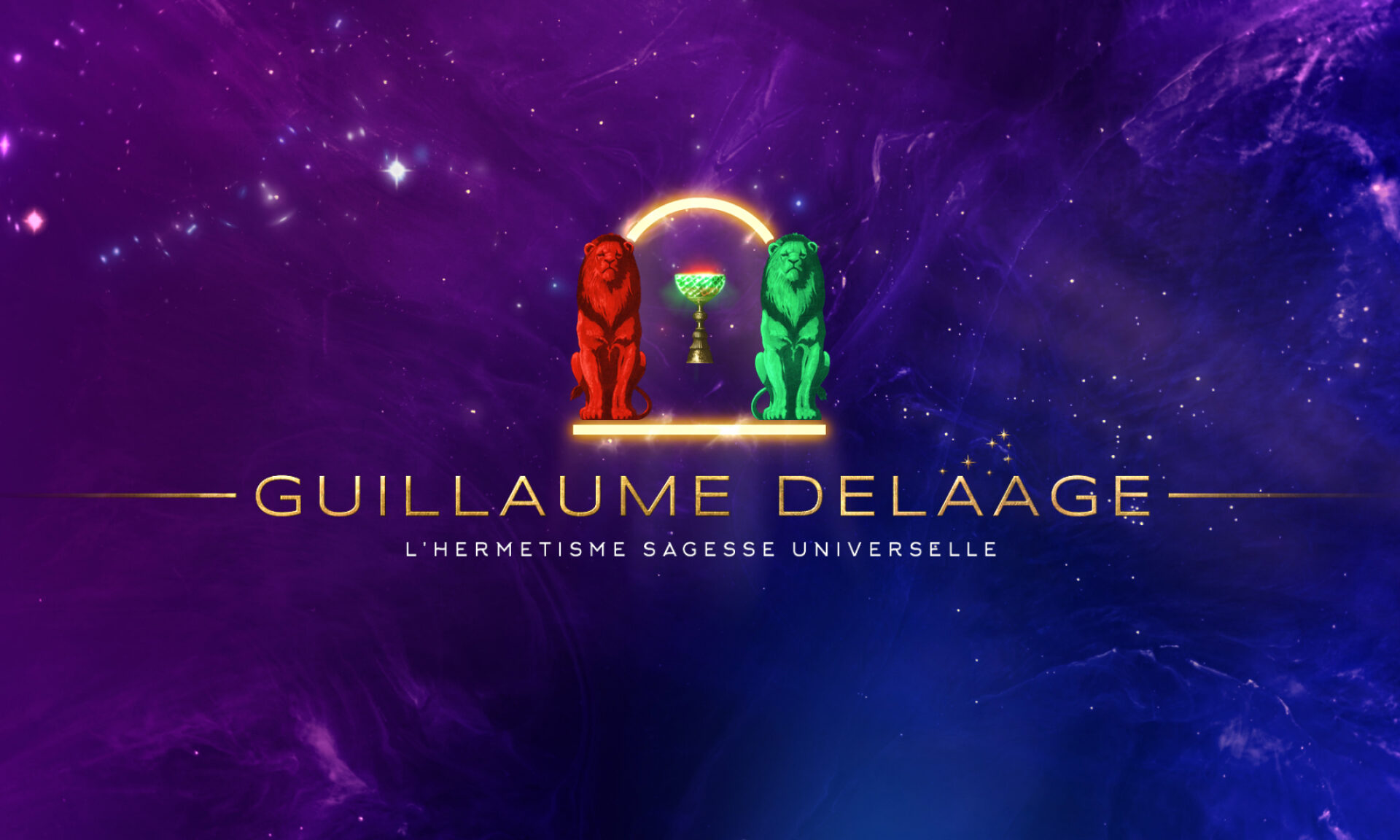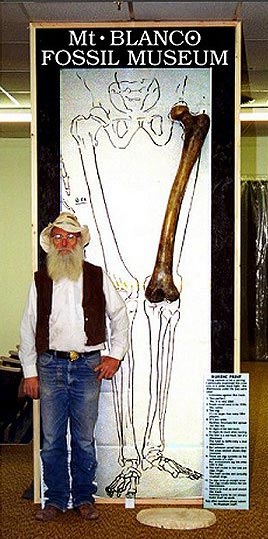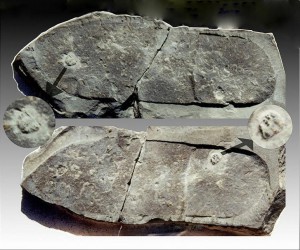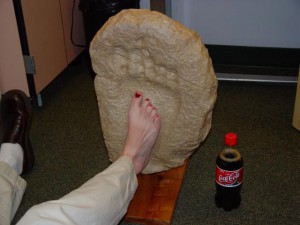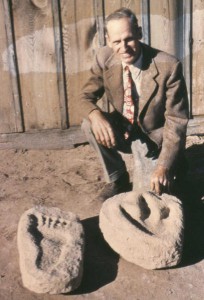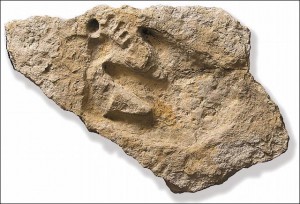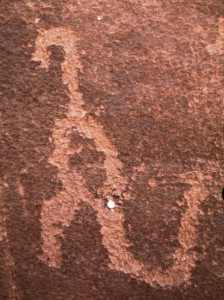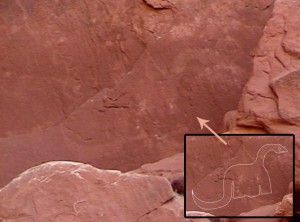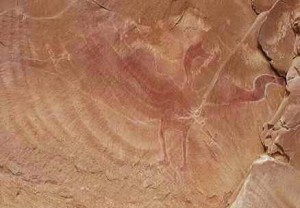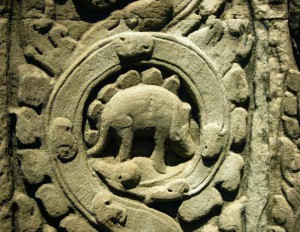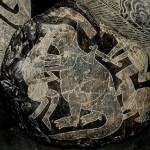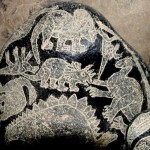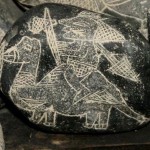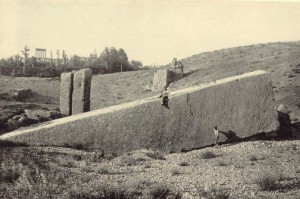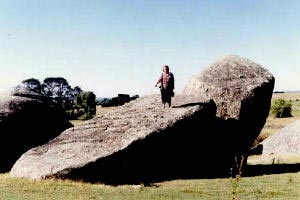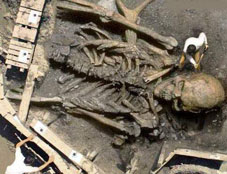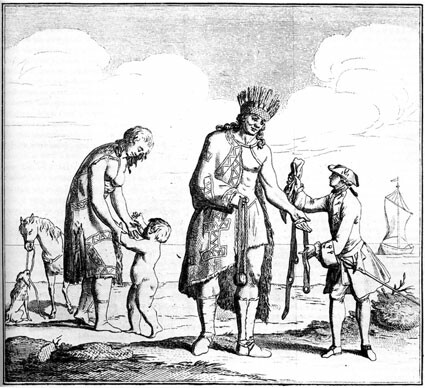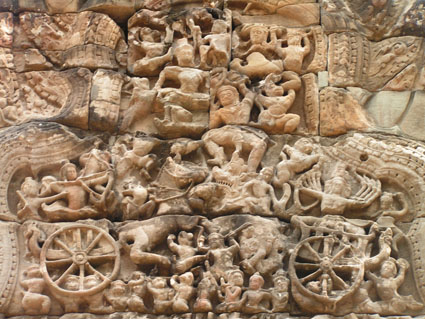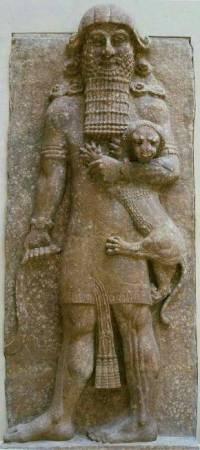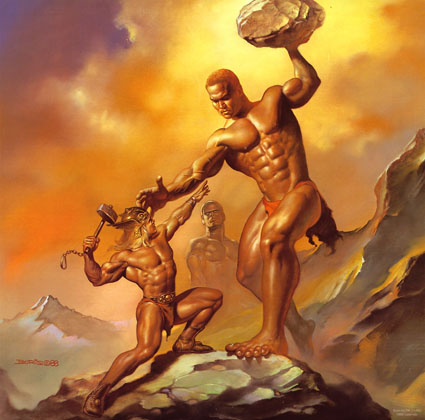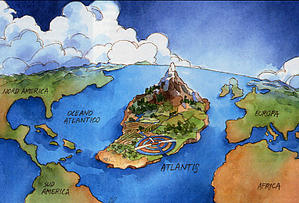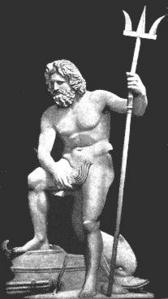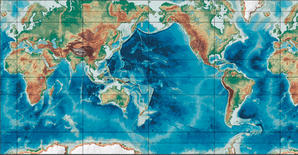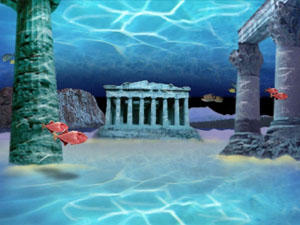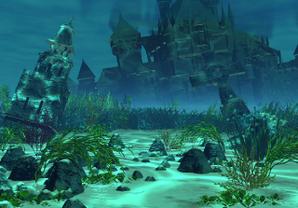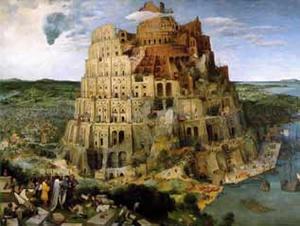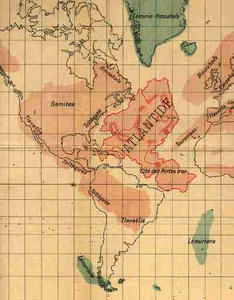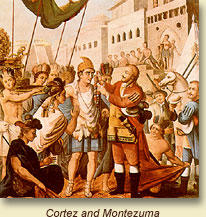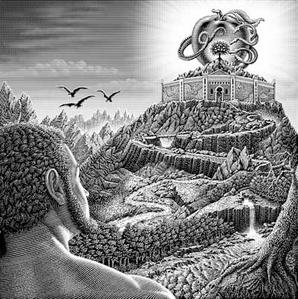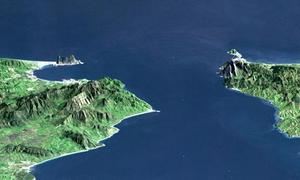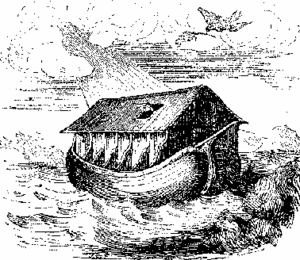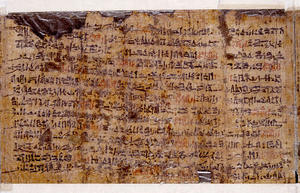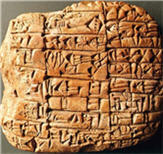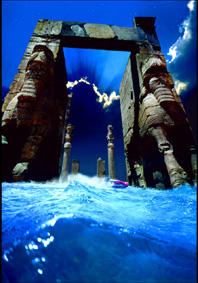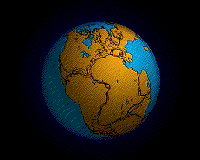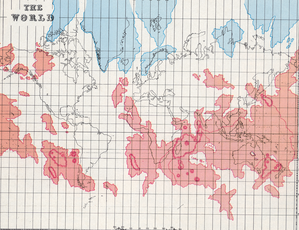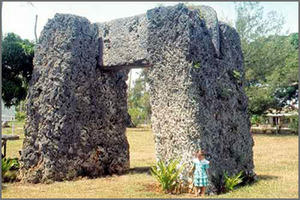Atlantis 1 – 06/30/2007
“There once was so much wickedness on Earth that Justice flew to the gods, and their king decided to exterminate the human race. Jupiter’s wrath reached beyond its kingdom, and Neptune, his brother of the blue seas, struck the earth with his trident. And the Earth shuddered and convulsed…” (Metamorphoses by Ovid)
Atlantis
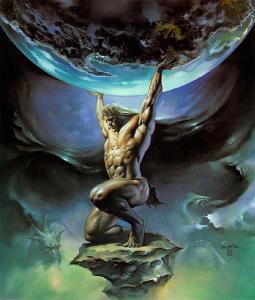 This title may seem odd to the reader. According to the texts the old continent, a myth for some, a reality for others, sankbecause of mankind’s folly and the evil human beings generated. Today – Tradition claims – it seems that those who once lived in that distant past are coming back to purge their karma.
This title may seem odd to the reader. According to the texts the old continent, a myth for some, a reality for others, sankbecause of mankind’s folly and the evil human beings generated. Today – Tradition claims – it seems that those who once lived in that distant past are coming back to purge their karma.
That will be the conclusion of the several articles to follow and which will try to give an overview of things that point to the presence of that civilizationthroughout history. In the cycles of human evolution and according to the Law of Cause and Effectno one can escape the consequences of his actions.
Today, as mankind is engaged in a new cycle,the debt must be paid. And Karma is placing us in an eternal return, whichwill make us come out strengthened and with a better understanding of our past mistake if our human consciousness is evolved enough.
How many researchers, philosophers, archaeologists, scientists andesoterists have been interested in the Atlantis subject? More than 25,000 books have been written about that lost continent. So, what can we say more?
Although it might be an imperfect synthesis it could be useful to compile thecenturies of research which can give the reader a basis for reflection in order to link some forgotten discoveries. Volumes of hundreds pages each would be needed for that. On that website we havechosen to present the main discoveries over several months.
Mother civilization
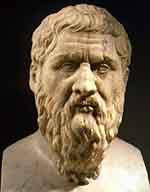
It is thanks to the persistence of people unsatisfied with the dogmatism imposed by science that this land -where according to « legend » thegods dwelled- resumed life and form again. It may be thanks to researchers having the same mischievousness as Sherlock Holmes that Atlantis iswhat it is today. In fact, what do we know about it? Academic history relies on « two incomplete texts that Plato wrote about 348 B.C. ».
These texts do not give us much information, and for centuries nobody dared to contradict the wise Athenian man. Atlantis was what PLATO claimed. But everything changed some decades ago when the subject set the minds of some scientists alight.
Very quickly, new facts came to contradictwhat was negated in amphitheaters and, after millennia of silence, Atlantis rustled like an impetuous wind; it revivedon the enthusiastic lips of those who made her awaken from the long sleep in which the godChronos had placed it.
For some, this continent, hidden below the Atlantic Ocean, was a myth from Plato’s fevered spirit. For others, it was a reality that should be rekindled. So, of course, when two ideas are opposed the subject becomes more passionate, for each side wants to be right and discovery begins.
Only Plato spoke of Atlantis, at least by using that name. But was he the first totalkabout it? We will not begin this presentation with“TIMAEUS”and“CRITIAS” (Plato’s two texts) which everybody can read.
There are more ancient and as much interesting textsfrom less known sources that the Initiates of Antiquity wrotebased on the oral Tradition. In a remote past Atlantis or Poseidonis was a tangible reality, a high evolved civilization, the MOTHER CIVILIZATION… When Schliemann decided to go after the city of Troy, mentioned by Homer, nobody dared to support or caution his endeavour, for his assertions were vague and based only on some comparative and scholastic research.
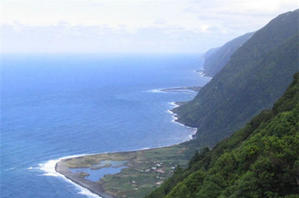
He persisted in his search and his faith and courage were crowned with success when, alongwith his friend Dorpfeld, he discovered the traces of nine successive human establishments, of which the most ancient dated from 3000 B.C., near the Turkish village of Hissarlik. It was the city of Troy,so famous because of the battles it staged.
This is the same for Atlantis which has its detractors but also its sincere researchers, followers and pioneers.
Of course, amongst these lasts, in a sincere impulse, there were those who located Atlantis in locations as strange as amusing. Locations differed for each individual : for one it was the Sahara, for others, the Caucasus, Finland, Crete, the island of Santorini, Brazil, South Africa, Ceylon, Asia Minor (or Anatolia), Helgoland and Sweden…
Even if these geographical locations seem ludicrous these researchers contributed much to the « resurfacing » of that continent.
In this little study we will certainly talk about several themes by taking facts from a very distant past. Today, most researchers place Atlantis in the middle of the Atlantic Ocean, considering the Azores the vestiges of the last visible landsafter the terrible disaster that sank the continent.
By focusing on these islets a fleeting impression emerges, like an echo of vaguemurmurs from a remote past, like a song intoned by forgotten stories that make up mankind’s memory. That murmur is a call that drives us to the ocean’s depths, beyond the pillar of Hercules.
Ten Gods for ten islands
In our opinion it is not so much the proof of the existence of these lands at that precise location that matters to us but the fact that they held a very important civilization, heiress of the race of thegods. In our next articles, we fill follow that route by going back to a certain dawn of mankind, atime when everybodyknew that the gods walked amongst men.
Some of their accounts have remained and through them we will rediscover Atlantis, step by step, in a long sequence of events spanning centuries.Plato is the onlyone to give a precise date of the Atlanteancataclysm. He put his account in the mouth of the old Critias who claimed himself of Solon (the wise Athenian Legislator). This lastclaimed to have received his knowledge of Poseidonis from a very old scribe in the temple of Sais in Egypt!
If we base ourselves on the oral Tradition we can think that this scribe, for his description, used information detailed on papyri or very ancient hieroglyphs that could have been the spiritual legacy of Egyptian temples. That account attests that the last bastion of Atlantis collapsed more than nine thousand years before Plato, which amounts to about twelve thousand years today. If we follow the cycle of the precession of the equinoxes we can see that this time corresponded to the end of the age of Leo.
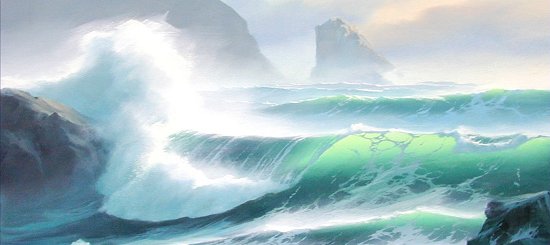
Another story confirms Plato’s texts: the Philosopher Proclus, who lived between 412 and 485, wrote a detailed commentary on “Timaeus”. He said that around 260 B.C., a Greek namedKrantor went to Sais, and in the temple of the Goddess Neith he would have seen columns covered with hieroglyphs that told the story of Atlantis.
Is itsilt that covers today these priceless records? Soon, maybe, « chance » or the curiosity of an archaeologist will exhume these messages engraved in the stone. In “Critias”thegods shared the Earth andplaced thereon the children they had with the daughters of men. It says that Poseidonisengendered five couples of male twins, andthen divided the island into ten parts:
ATLAS, EUMELOS, GADIR, AMPHISOS, MNESEUS, ELASSIPOS, MESTOR, AZAES, DIAPREPOS AND AUTOCHTHONOS. Each of these kings administrated a province. We find herethe universal principles of government which will be espoused by the great reformer, RAM, in his theocratic government called the« RAMIC SYNARCHY ».
But let us go back to the collapse of Atlantis. According to Tradition it is set in 9564 B.C. If we go with that date we could say that Atlantis saw the decline of its civilization at a time when enormous masses of water were in a state of ice. Then, it is interesting to notethat during that period Earth knew tremendous disruptions. 
Today, all branches of Science agree that a sudden displacement of the magnetic pole took place 10,500 years ago. Consequently, the geographical pole moved more than 3500 Kilometers. Archaeologists and geologists declare that 10,000 years ago humanity had to startanew in all aspects.
If we believe that Atlantis was the mother-civilization we can assume that a massive exodus must have happened well before its fall, and Africa – amongst other points of the globe – would have been the direct heiress of the Atlantean sages, as Michel Manzi says in his book “Les survivants de l’Atlantide“ (EditionsMoryason) :
« As they reached the dry shores, the survivors felt wellalive. Quickly, life resumed and they called that place of Egypt TA-MANA, « the place of the setting sun », because they were not used to see the sun set over that liquid horizon where it should have risen over their continent. During that sameyear of 9782 B.C. when men, women and children were thrown in extreme privation on the African beaches, they still retained their sole priceless Heritage… »
Chroniclers priests
We can surmise that after the Deluge theAtlantean civilization was considerably degenerated, if we believe Plato’s accountwhereinGreeks defeated the ATLANTEANS with arcs and arrows. The Atlantean civilization had its period of glory andthen of decline, as do all civilizations. That is the law of evolution: everything is born, grows and finally declines. Nevertheless, theAtlantean sages, aware of that issue, imparted their knowledge to other peoples.
Thus, if we assimilate Noah to Atlantis, we can see the patriarch had three sons: Japheth, Shem and Cham – the first represented the white race; the second the Semites(mixture of whites and blacks); the third the raceof theGian ben Gians, in other words the black race. Without expanding on that subject we can say – based on GENESIS–that Knowledge was first given to the black race then the white racethrough Ram. But let us now examine the ancient texts that recount a precise fact:the wise men of the past knew very well that Atlantis hadexisted in a distant past.
Unfortunately, because of the long tribulations of the peoples not all the writings of these initiated researchers from the past have reached us. We could stillread the teachings of these sages if the folly of man had not destroyedrecords that were said to contain the world’s annals. Fortunately, some stubborncopyistssalvagedsome fragments of important writingsby initiated priests such as Sanchuniathon, Berossus or Manetho. In fact, these werethe real fathers of our history for theyset down a lot of truths in their works.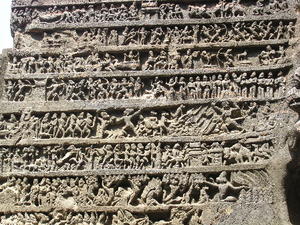
And all that has been lost over the centuries. Berosus, a Chaldean priest (likeSanchuniathon) three centuries B.C.,toldthe old tradition of Idzubar-Gilgem which presents, with a luxury of details, the terrifying disaster of the Floodthat occurred in Abraham’s time. His original text was conserved at the Erechlibrary,that fabled Chaldean city which had close ties with the Egyptian priesthoodof that time.
We can also consider that a large swath of human knowledge was transmitted « from temple to temple » thanks to the Custodians of Knowledge. We also have to note- andthis is not a simple detail – that the Adepts who lived in Atlantis, foreseeing the end of their continent, repatriated their Knowledge tosecrets places in Tibet.
Of course, the various traditions speak of several deluges that we can place in time. The geophysical movements of our planetregularly produce great cataclysms. There were some before and after Atlantis. What is important to note is that one can thenconflate these different cataclysms after reading certain ancient documents.
In a way, with Atlantis we have some points of reference, not only from the writingsdiscovered by archaeologists but also the submarine discoveries that haverecently been done by stubborn researchers. We will talk about thatin a future article for it is thanks to these discoveries that some people could chronologically string out the facts to obtain a certainty about an approximate date ofthe fall of Atlantis.
But let usgo back to our fathers’account and let us try to compile the legacy they bequeathed us. Sanchuniathon was a priest and an initiated of the Great Mysteries, in other words the BOOK OF THOTH. In fact, we can say that he was the first known historian, 4200 years ago. His writings and teachings have reached us only by fragments,but theynevertheless give ussome precise indications, particularly about Atlantis.
It is not in the goal of this presentation to quote all the ancient documents dealing with Atlantis, but wewill cast a glance at some of them, which would help us grasp, in a synoptic fashion, the way the ancientsrecounted the cataclysm that submerged Atlantis. The second part will present what the Mediterranean traditions say about the Atlantean continent.
See the following article : Atlantis 2 : The sacred texts of Mediterranean
